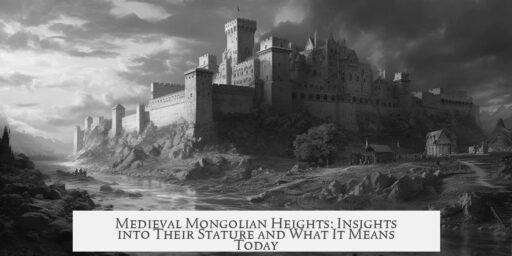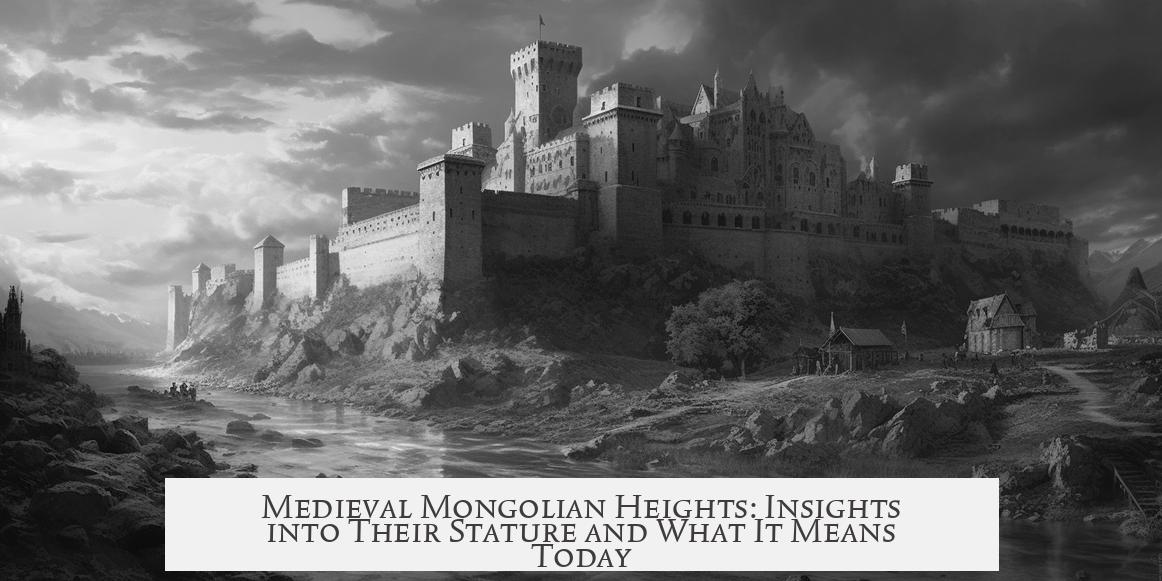Mongolians of the Middle Ages averaged relatively short stature compared to modern Western populations. Analysis of naturally mummified remains from medieval southern Mongolia estimates adult male height at approximately 158.9 cm (5’2″) and adult female height at about 149.2 cm (4’8″).
The study by Turner and colleagues in the Journal of Archaeological Science examined nine individuals, including three adults and six sub-adults, to glean insights into the physical characteristics of this population. Among the sub-adults, a twelve-year-old male measured around 122.2 cm (4 ft) tall. These findings provide concrete data derived from well-preserved remains.
Researchers note the population sample may not fully represent the entire medieval Mongolian community. However, isotopic analysis shows these individuals had stable pastoral diets and no signs of frequent famine or disease-related stress during development. This implies their stature was not significantly impaired by poor nutrition or illness.
Violent trauma evident on all individuals indicates a harsh lifestyle but does not appear to reflect chronic health conditions. Their robust health during growth supports the interpretation that their relatively short height reflects natural genetic and environmental factors of the time rather than external hardships.
This stature is short compared to modern global averages but aligns with other historical Eurasian nomadic populations adapted to steppe environments. The stable pastoral diet rich in animal protein likely sustained their health despite the challenging living conditions.
- Adult male height: ~158.9 cm (5’2″)
- Adult female height: ~149.2 cm (4’8″)
- Twelve-year-old male: ~122.2 cm (4 ft)
- Stable pastoral diet supported healthy development
- Absence of disease or famine stress during growth
How Tall Were the Mongolians of the Middle Ages? Unpacking Medieval Heights with Mummified Proof
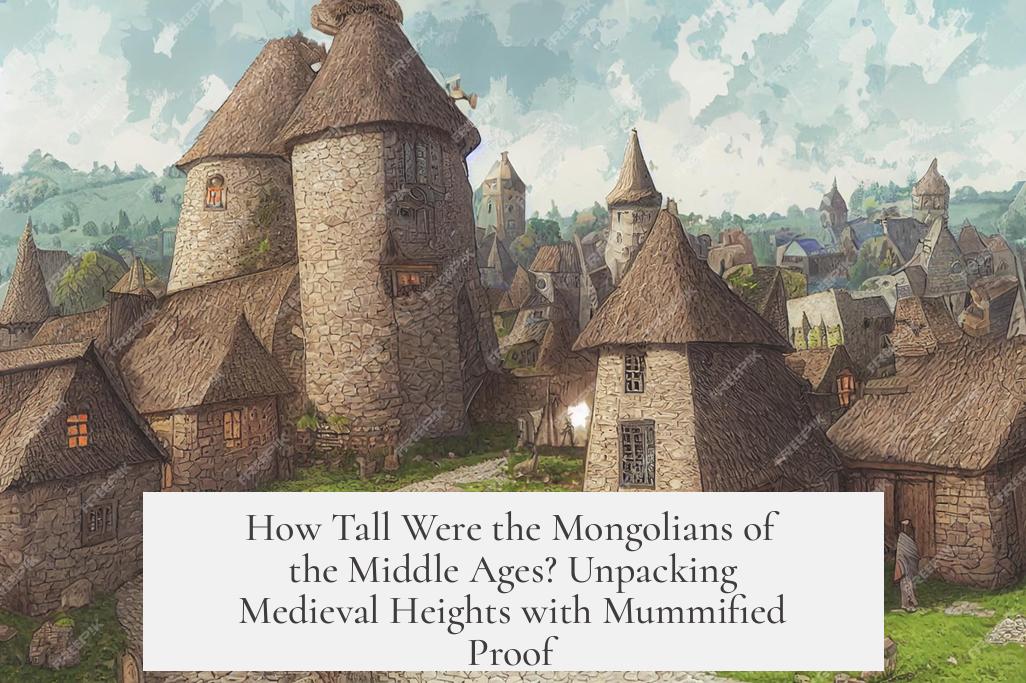
Here’s a question that might surprise you: How tall were the Mongolians during the Middle Ages? Contrary to some wild images of towering horsemen galloping across the steppes, the truth based on recent scientific research offers a more modest picture.
A team of researchers led by Turner published a detailed study in the Journal of Archaeological Science. They analyzed nine naturally mummified human remains — yes, actual medieval Mongolians preserved for centuries! The goal? To reconstruct lifestyles and understand physical characteristics, including height.
So, what did they find? Two adults stood out clearly: a male estimated at 158.9 cm (roughly 5 feet 2 inches) and a female at 149.2 cm (about 4 feet 8 inches). Even the twelve-year-old boy measured a modest 122.2 cm (approximately 4 feet tall). Yes, those heights are on the shorter side compared to today’s averages in Western countries.
Why Were Mongolians So Short?
Before jumping to conclusions, it’s important to remember that these findings come with some crucial caveats. Bioarchaeological research always carries the question: how representative are these few individuals of the entire population?
These mummies showed no signs of sickly growth or disease interference. Isotopic analysis — looking at chemicals in bones that indicate diet — suggests stable pastoral diets, without evidence of frequent childhood famine. This means their short stature wasn’t because they suffered malnutrition or illness, but could reflect genetic or environmental factors typical for their era and region.
What Influenced Height in Medieval Mongolia?
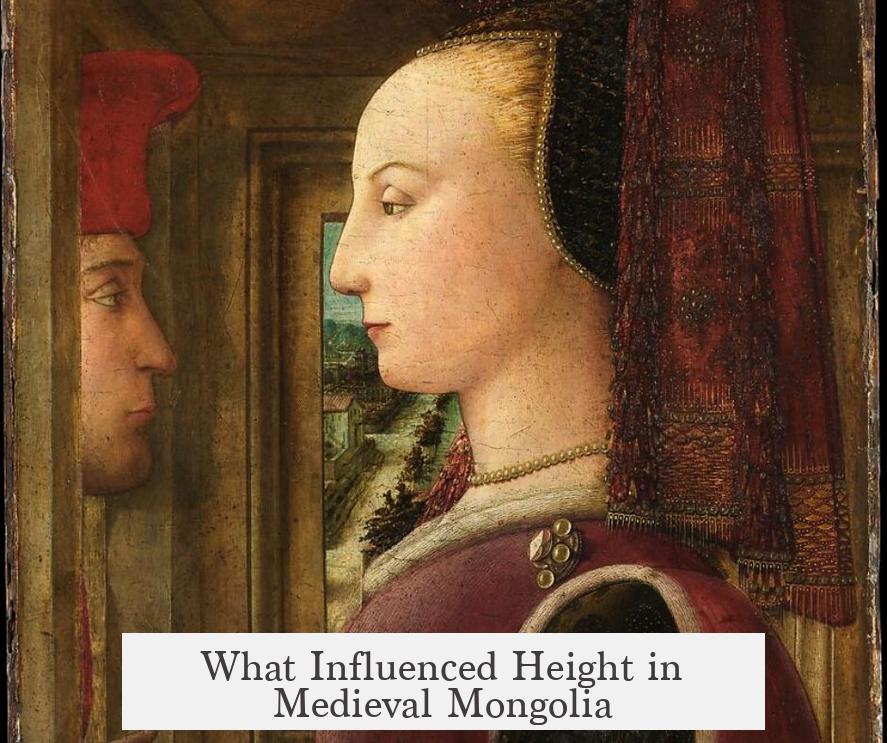
Let’s dive deeper into what shapes height. The mummies’ trauma injuries tell a story of violent lives — no surprise in a time of conquest and horseback battles. Yet, their stable diets based on pastoral food sources hint they had steady access to nutrition, mainly from livestock products like meat and dairy.
It’s a neat reminder: height isn’t just about diet or health. Genetics play a huge role, too. Mongolians might have simply evolved for practical stature in the harsh climate of the steppes—where balance, agility, and endurance trump towering height.
Small But Mighty: Rethinking Medieval Mongolian Physiques
Numbers alone don’t convey the whole picture. Imagine riding horses across vast steppes, wielding weapons, surviving brutal winters, and leading massive armies. These Mongolians proved their might through skill and resilience—not height.
So, rather than picturing a band of giants, think of a tough, compact, and highly mobile population shaped by natural selection to thrive on the grueling eco-zone of Central Asia. Their “short” stature might have been perfectly suited to their lifestyle.
What Does This Mean for Our Modern Perspective?
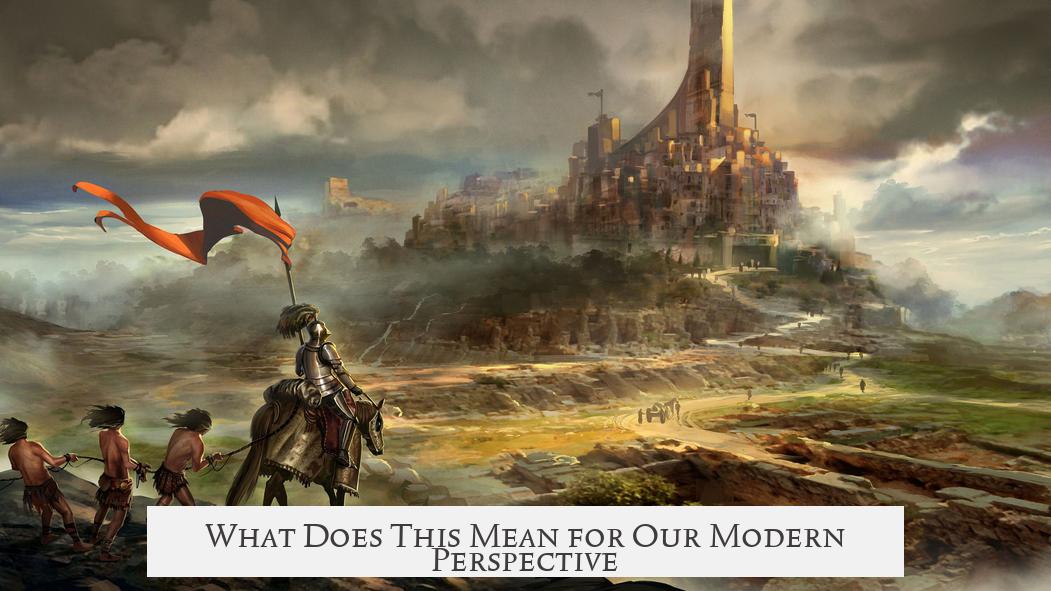
- Historical height data challenges assumptions about what “strong” or “formidable” looks like in medieval warriors.
- Modern height standards can’t be imposed retroactively on past populations without discounting environmental and genetic contexts.
- Archaeological science grounds our understanding of history in tangible data, moving beyond stereotype and legend.
Feeling Short Changed?
If you’re wondering why these heights seem small to you, consider this: average global statures have increased over the centuries, largely due to better nutrition and healthcare. So, a medieval Mongolian measuring 5’2” wasn’t necessarily “short” by his era’s standards. In context, this was normal.
Also, modern Mongolians tend to be taller on average, an evolution reflecting shifting diets, lifestyles, and genetic pool changes over centuries.
The Takeaway
The Mongolians of the Middle Ages were shorter than modern Western populations, with adult males around 5’2 and females about 4’8, as proven by detailed analysis of mummified remains. These findings dispel myths of giant horseback warriors but reveal a people perfectly adapted to their environment and way of life.
This glimpse into ancient stature illustrates how biology, diet, environment, and history intertwine to shape us. So next time you picture a Mongolian horseman charging through the steppe, remember: height wasn’t their advantage—it was their unmatched endurance and skill.
Interesting, right? What other ancient mysteries could modern science unravel next? Would you want to know how tall Vikings or Samurai really were?
How tall were adult Mongolians in the Middle Ages?
Analysis of mummified remains shows adult males averaged about 159 cm (around 5’2″), while adult females were about 149 cm (4’8″). These heights are estimates from southern Mongolia.
Were these individuals typical of the whole medieval Mongolian population?
It’s unclear if the sampled individuals represent the entire population. The small sample size and regional focus mean these heights may not apply to all medieval Mongolians.
Did health or diet affect the height of medieval Mongolians?
Isotopic evidence reveals a stable pastoral diet without signs of famine or disease. The individuals showed no developmental health issues that would reduce height.
How does the stature of medieval Mongolians compare to today’s populations?
The data suggests medieval Mongolians were short by modern Western standards, but direct comparisons must consider different nutrition and lifestyle factors.
What age groups were examined for height estimates?
The study included adults and sub-adults. For example, a 12-year-old boy stood about 122 cm (4 feet), providing insight into growth patterns at that time.
